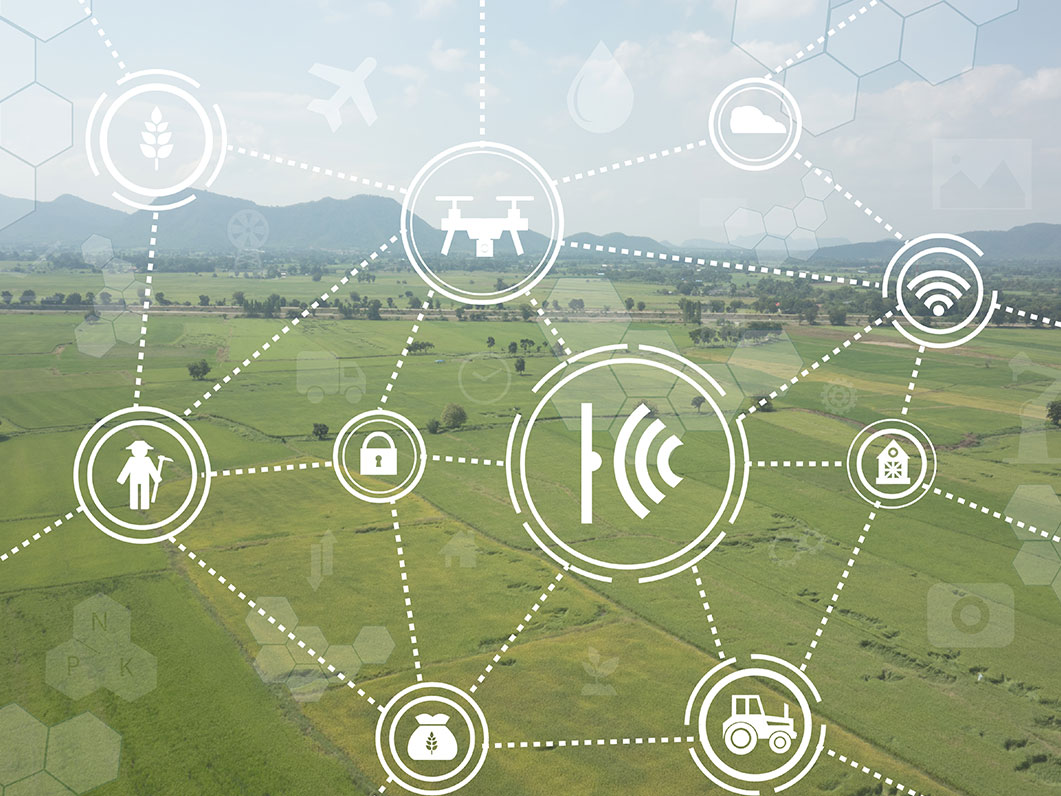
According to Western Growers, “Labor remains the top challenge for specialty crop growers globally. Regulatory constraints and a limited workforce has continued to compound complexities for specialty crop growers. In a united effort to address the need for innovative solutions, Western Growers has partnered with others in Australia, New Zealand and Britain to drive development and support the growth of AgTech startups.”
In 2021 WG launched the Global Harvest Automation Initiative (GHAI) with the goal to “automate 50 percent of fresh produce activity within 10 years.” And for second year, the Specialty Crop Automation Report compares automation growth.
The Report has been released by WG in collaboration with consultants at Roland Berger. Tracking and measuring progress in harvest automation in fresh produce, and Walt Duflock, VP of Innovation at WG, said, “This year’s report takes a deep dive into some new areas: The European market, Controlled Environment Agriculture, and the innovator’s side of automation. We found progress from a fundraising and traction perspective in key areas like weeding, spraying and harvest assist – and less progress in other key areas, notably harvest.”
The 2022 report explores new areas of development:
*A comparison of the US market and the European market for both labor issues and automation solutions.
*A look into the innovator’s side of automation and how grower-driven metrics is influencing development.
The Specialty Crop Automation Report is an ongoing resource meant to strategically guide and inform innovators and growers to advance automation with speed and precision and address the pressing need to provide the specialty crop industry with solutions to workforce constraints.
Among the report’s findings:
*Around 70 percent of participating growers indicated that they had invested in automation in 2022, with an average annual spend of $450,000-$500,000 per grower. This shows a considerable increase since last year when average investments in automation were around $350,000 to $400,000 per grower per year.
*Most progress was made in the weeding and harvest assist segments; market-ready solutions are able to meet grower economic targets and alleviate key challenges, such as lack of labor availability. Growers reported ROIs for weeding solutions of less than one to two years depending on the type of crop and technology used.
*Growers want more trained agtech personnel, with 50 percent indicating that they had internal employees who dedicated the majority of their time to the integration of automation investments. This suggests that the process of elevating and upskilling the agriculture workforce is well underway.
*The time it takes to build automation solutions is getting shorter and the costs are getting smaller thanks to overall advances in robotics and nonagriculture fields that benefit agtech startups, as well as the increasing talent pool that agtech startups are able to add to their teams.
To access the full report, click here https://www.agharvestreport.com/


